Hillside Landscape solution help
hmc122
11 years ago
Related Stories

ARCHITECTUREHow to Artfully Build a House on a Hillside
Let your site's slope inspire your home's design, rather than fight it
Full Story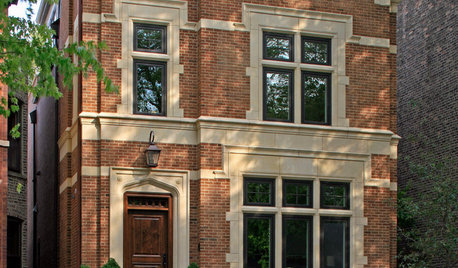
MATERIALSRaw Materials Revealed: Brick, Block and Stone Help Homes Last
Learn about durable masonry essentials for houses and landscapes, and why some weighty-looking pieces are lighter than they look
Full Story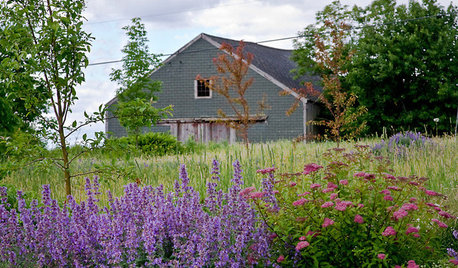
GARDENING AND LANDSCAPINGLandscape Tour: Two Acres of Rural Hillside in Maine
An orchard of crab apples, a grove of sugar maples, even a hayfield ... pastoral landscape beauty doesn't get more idyllic than this
Full Story
PETS6 Ways to Help Your Dog and Landscape Play Nicely Together
Keep your prized plantings intact and your dog happy too, with this wisdom from an expert gardener and dog guardian
Full Story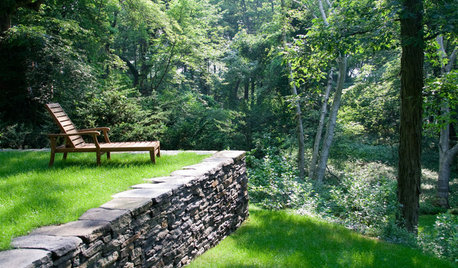
LANDSCAPE DESIGNWhat the Heck Is a Ha-Ha, and How Can It Help Your Garden?
Take cues from a historical garden feature to create security and borders without compromising a view
Full Story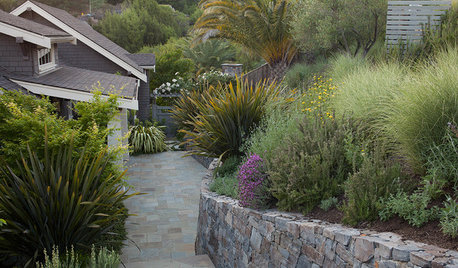
INSPIRING GARDENSSmart Plantings Grace a Hillside Garden
Fire-wise and low-water plants create a lush backdrop for bocce playing, swimming and hanging out by the fire
Full Story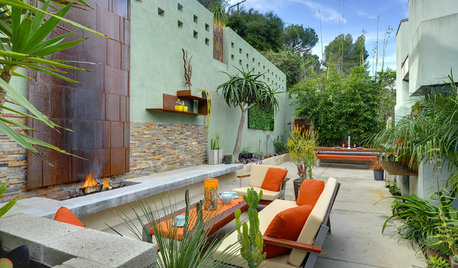
LANDSCAPE DESIGNThis Hillside Garden Succeeds on Multiple Levels
Once a kids’ playspace, this terraced backyard now has a hot tub, dining area and other lounging spots for grown-up fun
Full Story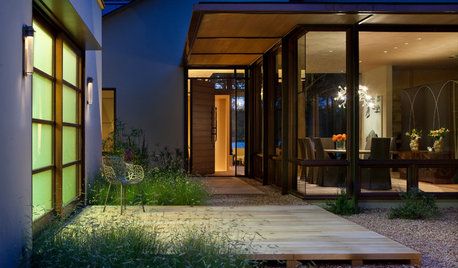
LANDSCAPE DESIGNDesign Solutions for the Time-Strapped Gardener
Landscaping for easy maintenance can help make your garden more manageable — and pleasurable to be in
Full Story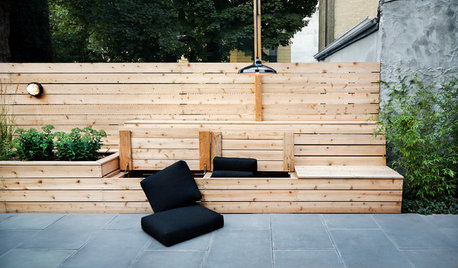
LANDSCAPE DESIGN8 Stylish Storage Solutions for Your Patio and Garden
See how to stash your outdoor cushions, rugs, tools and toys on a table, in a bench and even underground
Full Story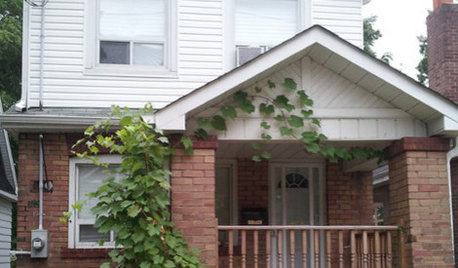
ENTRYWAYSHelp! What Color Should I Paint My Front Door?
We come to the rescue of three Houzzers, offering color palette options for the front door, trim and siding
Full StoryMore Discussions







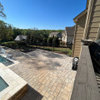

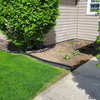

hmc122Original Author
Yardvaark
Related Professionals
Holly Springs Landscape Architects & Landscape Designers · Reading Landscape Architects & Landscape Designers · Arlington Landscape Architects & Landscape Designers · Arnold Landscape Architects & Landscape Designers · Berwyn Landscape Contractors · Indio Landscape Contractors · La Verne Landscape Contractors · Middletown Landscape Contractors · North Chicago Landscape Contractors · Nutley Landscape Contractors · Casselberry Landscape Contractors · Benton Decks, Patios & Outdoor Enclosures · Boise Decks, Patios & Outdoor Enclosures · Pataskala Decks, Patios & Outdoor Enclosures · Southampton Decks, Patios & Outdoor Enclosureshmc122Original Author
bahia
Yardvaark
wellspring